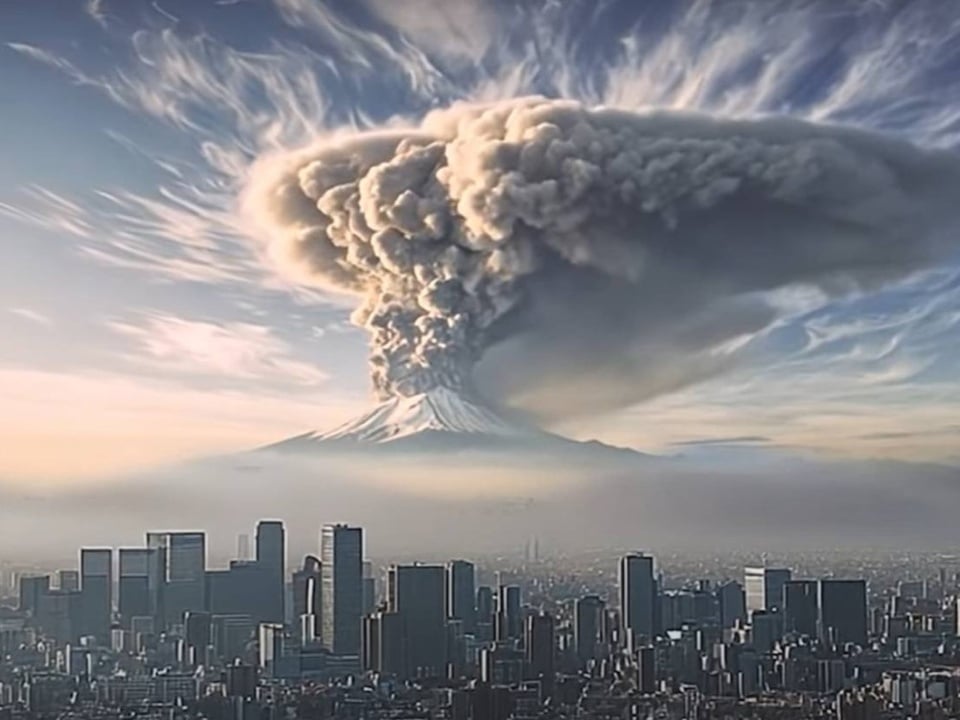 |
The 3-minute video gives a series of warnings, simulating a volcanic eruption. Photo: ITmedia . |
In the video, giant gray mushroom clouds cover the Tokyo skyline. Thick smog engulfs familiar streets in Shibuya. Pedestrians appear strangely familiar, walking through a metropolis shrouded in ash.
This is the first time AI technology has been used to simulate and raise public awareness of the level of danger, as well as call for preparation for the scenario of Mount Fuji erupting.
According to forecasters, if the event occurs, just 1-2 hours after the first eruption, ash could start falling on the capital of this country. The accumulation level is from 2-10 cm. This is the scenario calculated by the Japanese government , referring to the last eruption in 1707. At that time, ash fell continuously for 16 days and covered the entire Kanto region, even flying as far as the sea.
According to the 3-minute video posted, volcanic ash has very different properties from snow. It does not melt, but must be removed by human power. When wet, the ash becomes solid and conducts electricity, posing a danger to power and telecommunications systems.
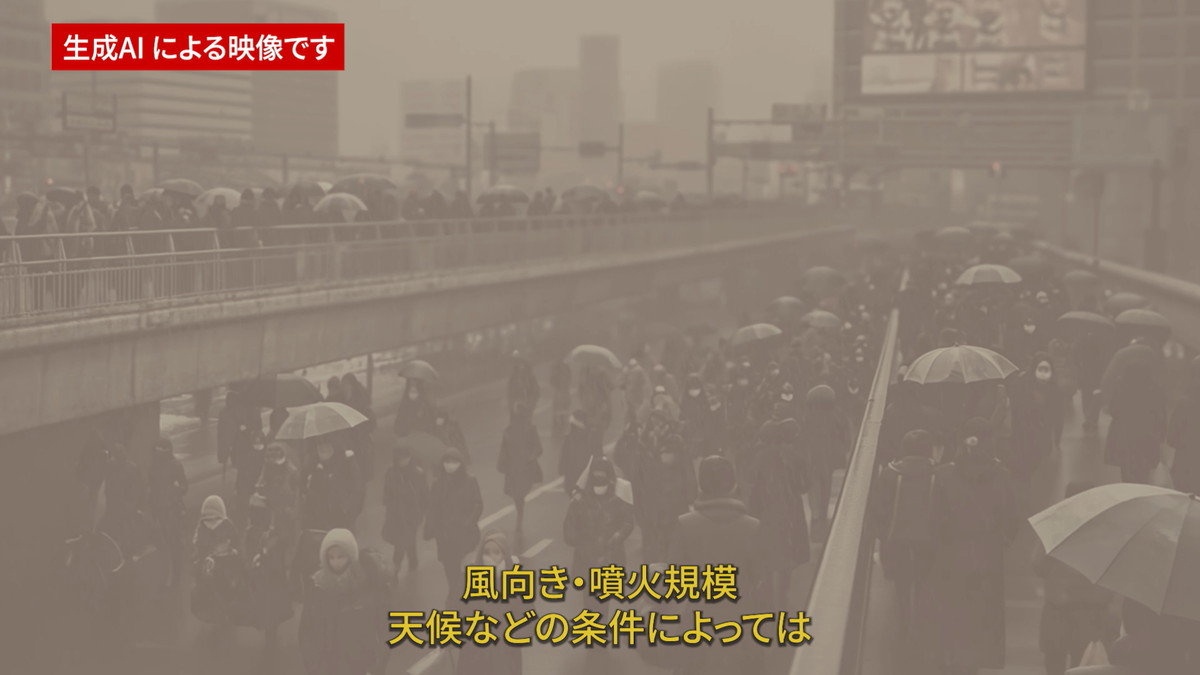 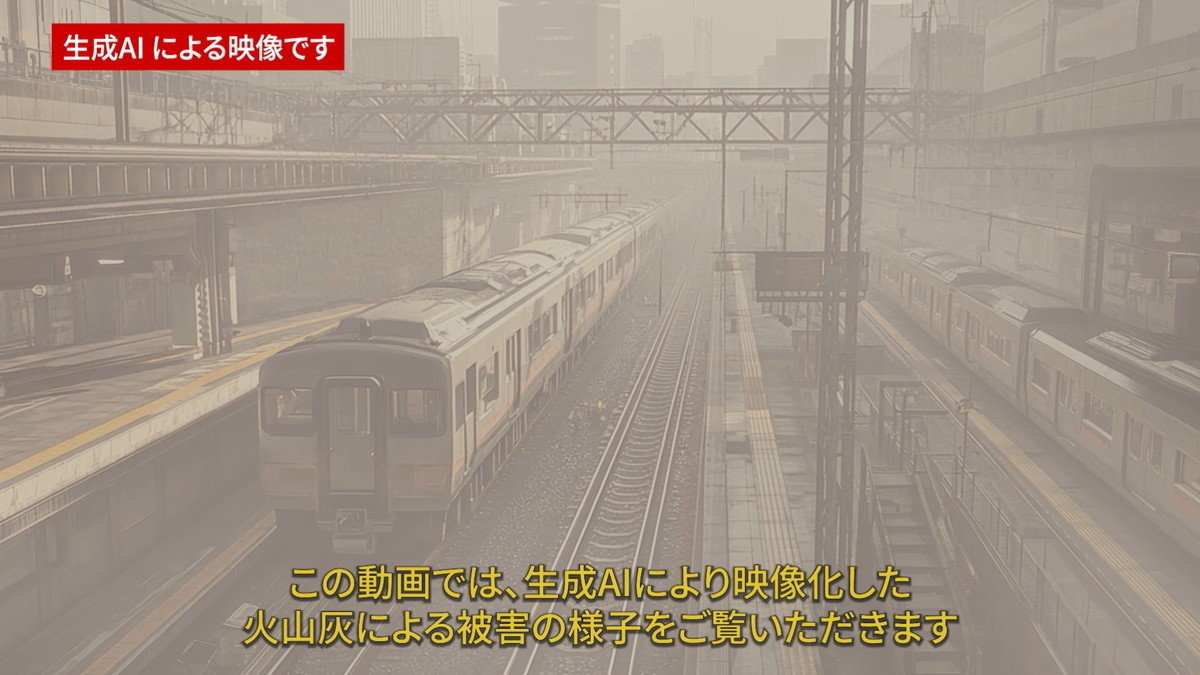 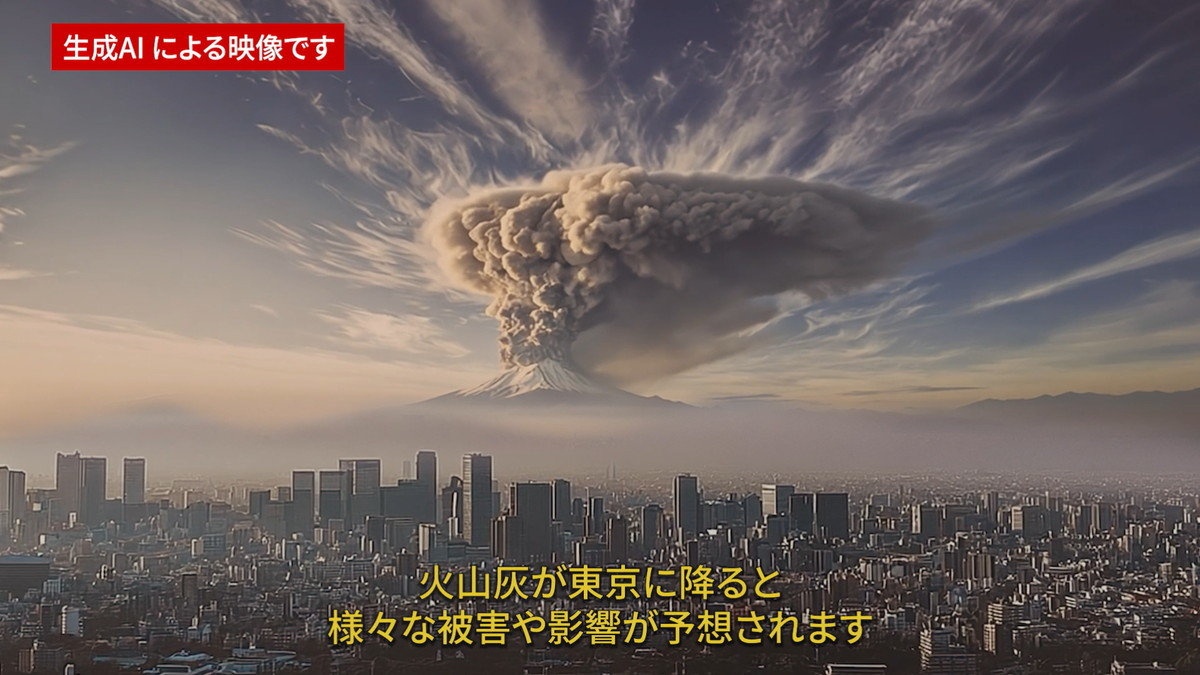 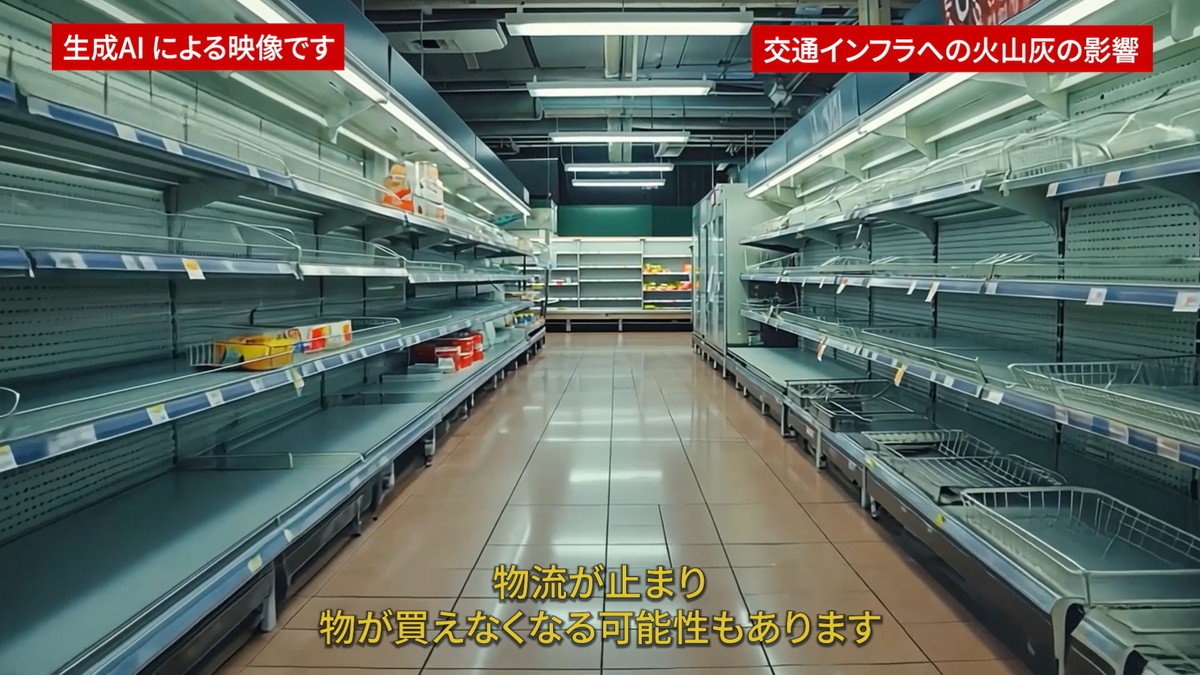 |
This is the first time AI has been used by the Tokyo government to raise public awareness of the severity of a potential volcanic disaster and urge people to prepare. Photo: ITmedia. |
In Tokyo, even though Mount Fuji is about 100 km away, the wind can still carry ash and cover the city. When that happens, the transportation system will be the first to be affected. Ash covering the railways and runways will stop trains and planes. Roads will also become dangerous because of reduced visibility and slippery surfaces. According to analysis, two-wheeled vehicles will be almost impossible to travel if the ash is more than 10 cm thick, or only 3 cm in rainy conditions.
Transport disruptions mean tens of thousands of people could be stranded, unable to get home, similar to what happened after the Great East Japan Earthquake in 2011. Tokyo authorities have advised each household to stock up on at least three days of food supplies in case food supplies run out due to transport disruptions.
Not only traffic, if wet ash sticks to power lines or broadcasting station antennas, the prospect of widespread power outages and communication disruptions is entirely possible. Other infrastructure such as domestic water sources are also at risk of contamination, and drainage systems are prone to blockages or backflows.
To protect their health, people are advised to wear masks and goggles when they have to go outside. The ash particles are very small and sharp, and can cause eye irritation, pain, itching, or corneal damage. When inhaled, dust can easily affect the respiratory system, especially dangerous for people with asthma or chronic lung disease.
On its official website, the Tokyo government has also published a special page on Mount Fuji ash to provide specific instructions on what to do in an emergency. People are encouraged to prepare drinking water, flashlights, masks, goggles, and emergency kits.
In April, the Japan Meteorological Agency (JMA) also announced plans to introduce a warning system and forecast the amount of ash in each region, to help people be more proactive in responding.
“Since we don’t know when Mt. Fuji will erupt and cover us in ash, it is essential to be knowledgeable and prepared in our daily lives, to protect ourselves and our loved ones,” the video says.
Source: https://znews.vn/nhat-ban-dung-ai-dung-video-nui-phu-si-phun-trao-post1579960.html



![[Photo] Panorama of the 29th Congress of the Party Committee of Nhan Dan Newspaper](https://vphoto.vietnam.vn/thumb/1200x675/vietnam/resource/IMAGE/2025/8/27/aa31210f7e2b47de948b2b60dde20aff)

![[Photo] Many people eagerly await the preliminary review despite heavy rain](https://vphoto.vietnam.vn/thumb/1200x675/vietnam/resource/IMAGE/2025/8/27/4dc782c65c1244b196890448bafa9b69)
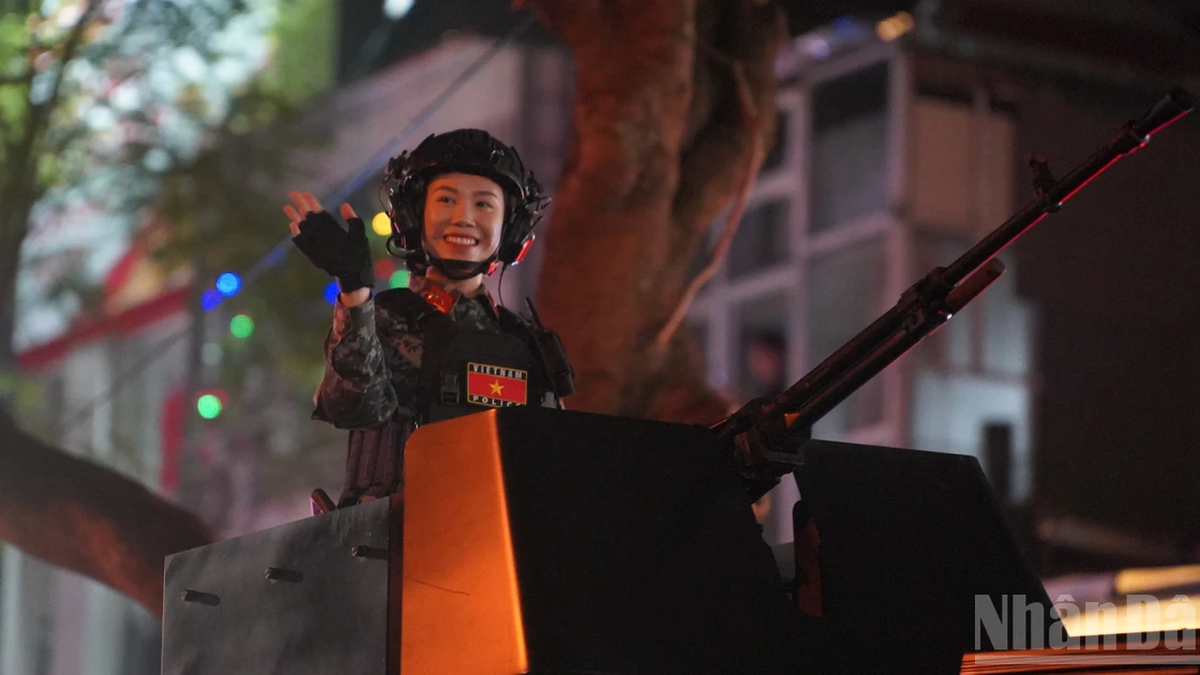

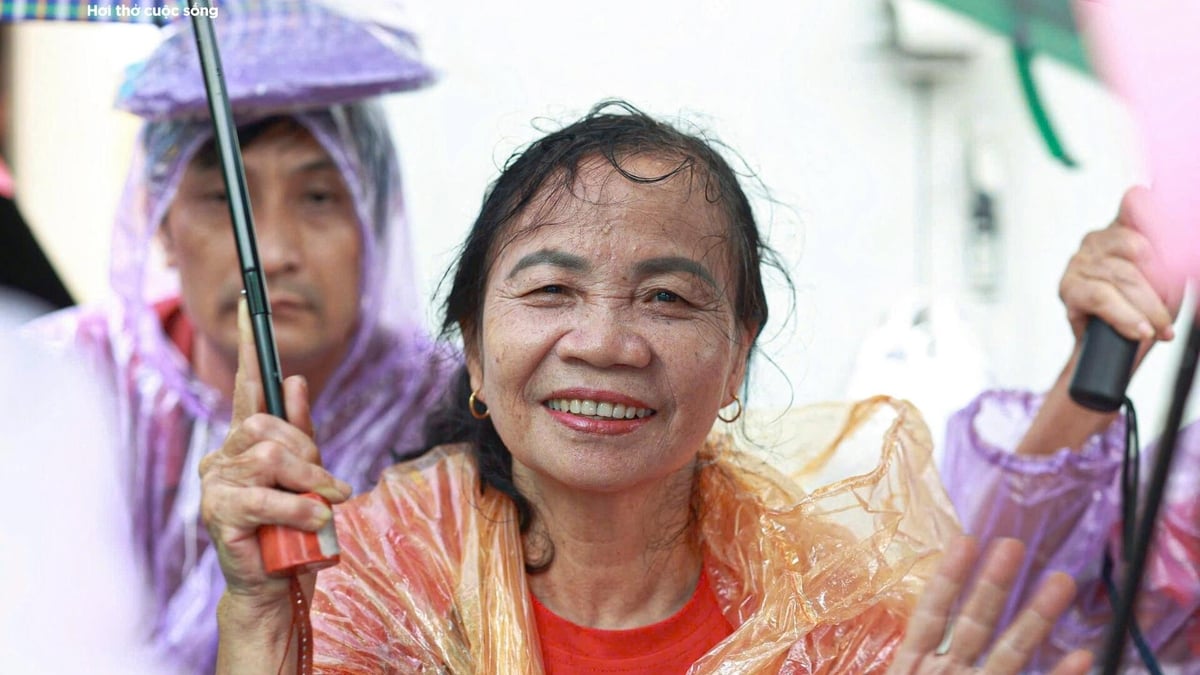







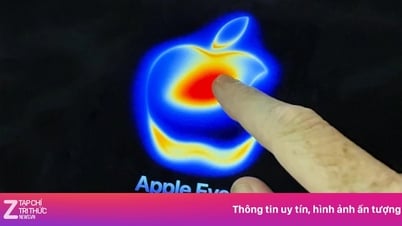









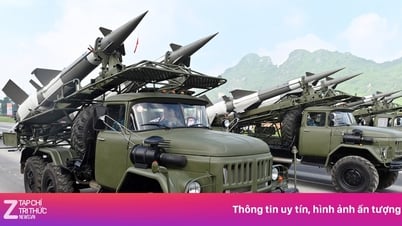


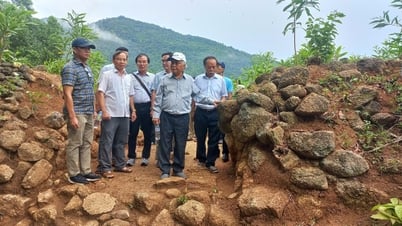



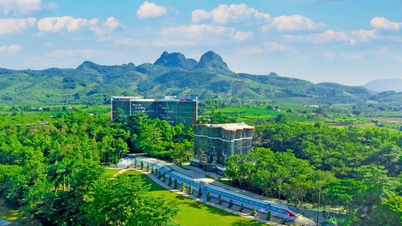

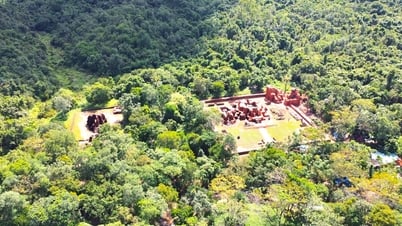

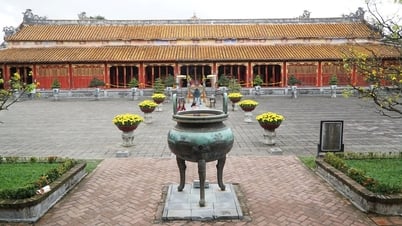








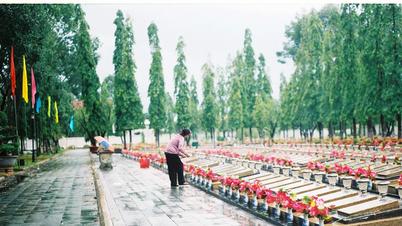

























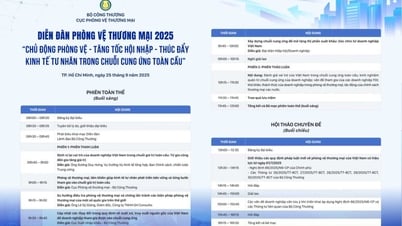
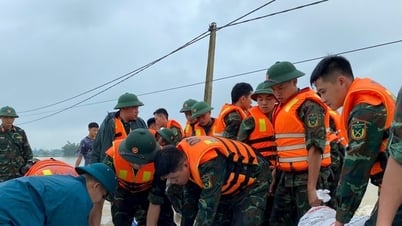



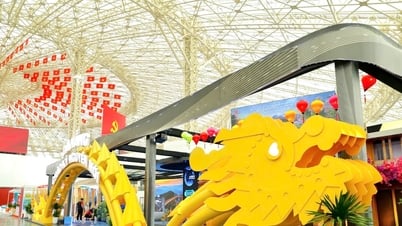



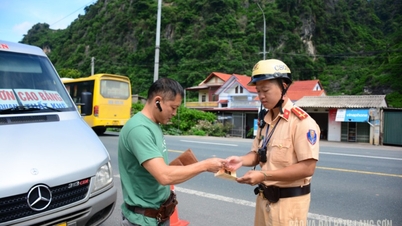










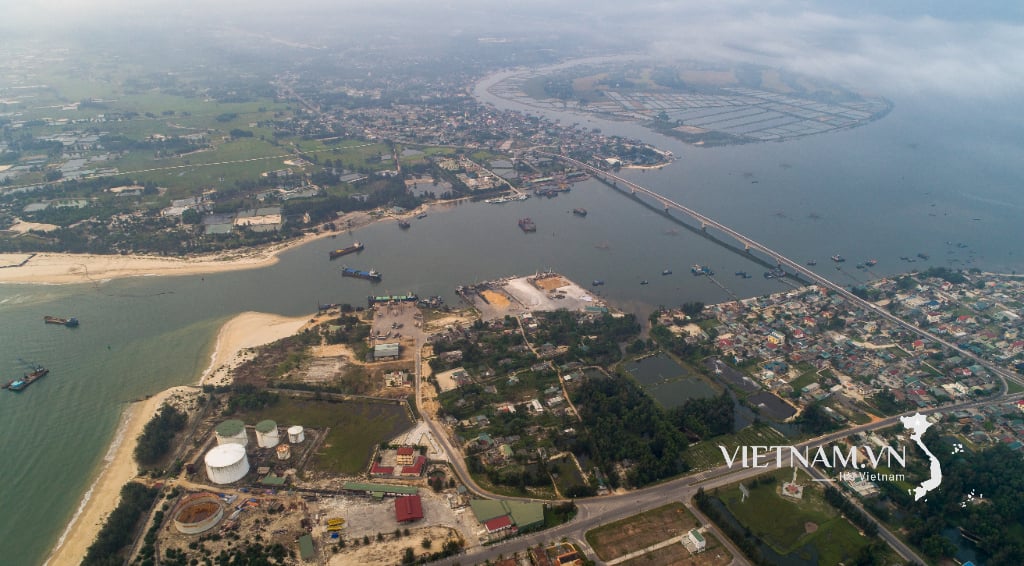



Comment (0)